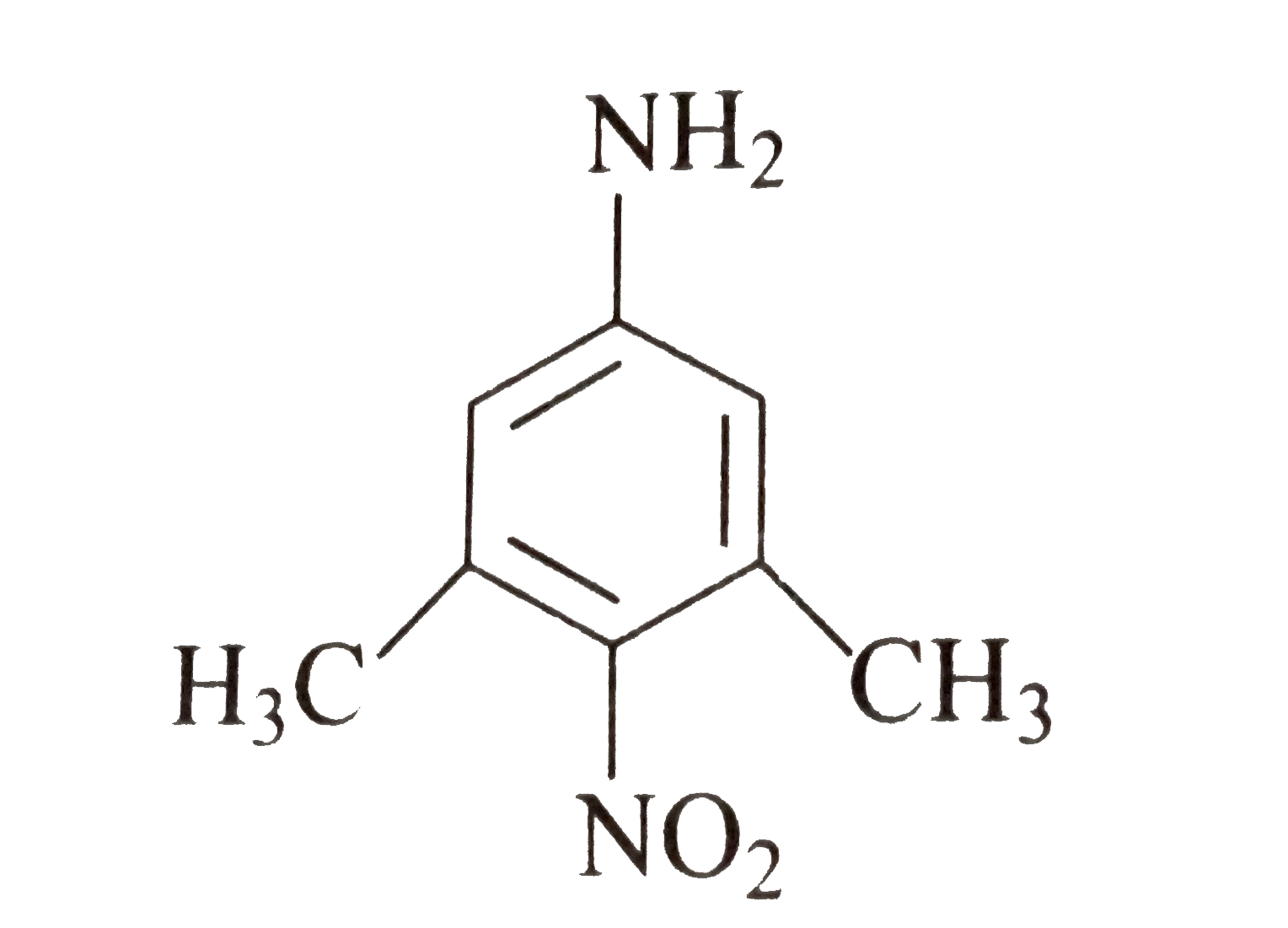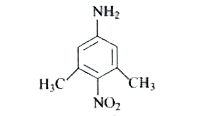−NO2 group is reduced to −NH2 by
Fe+conc.HCl
SnCl2+HCl
Na+C2H5OH
ZnHg+HCl
The correct Answer is:A
Topper's Solved these Questions
Similar Questions
If in a given reaction NO−3 is reduced to NH+4 ,the mass of NO−3 absorbing one mole of electrons would be
View SolutionThe −NO2 group in an aromatic ring deactivates the ortho and para positions for an electrophilic attack. When −NO2 group is present at ortho or para positions of a leaving group (Nucleofuge) it activates the ring for nucleophilic attack. The reduction of −NO2 group by metal in acid causes its reduction to −NH2 group and then the ring becomes strongly activated for a electrophilic attack. The strong activation of −NH2 group is moderated by its acylation with CH3COCl to −NHAc group. Deacylation is carried out by hydrolysis with H3O+ or OH−. The ring alkylation by using RX/AlX3 is not possible in presence of −NO2 or −NH2 group but is possible in presence of −NHAc group.

The product (I) is :
View Solution
Knowledge Check
−NO2 group is converted into -NH2 group by the reaction
AdehydrationBalkaline hydrolysisCreductionDdecarboxylationStrong activating efferct of −NH2 group is reduced by using
ACH3COClBCH3ClCCH3OnaDCH3−CHOWhich of the following effects of −NO2 group operates on −NH2 group in this molecule?
 AOnly I-effectBOnly -M effectCBoth -I and -M effectDOnly +M effect
AOnly I-effectBOnly -M effectCBoth -I and -M effectDOnly +M effect
Which of the following effects of −NO2 group operates on −NH2 group in this molecule?

View SolutionNumber of moles of electrons take up when 1 mole of NO−3 ions is reduced to 1 mole of NH2OH is:
View SolutionThe −NO2 group in an aromatic ring deactivates the ortho and para positions for an electrophilic attack. When −NO2 group is present at ortho or para positions of a leaving group (Nucleofuge) it activates the ring for nucleophilic attack. The reduction of −NO2 group by metal in acid causes its reduction to −NH2 group and then the ring becomes strongly activated for a electrophilic attack. The strong activation of −NH2 group is moderated by its acylation with CH3COCl to −NHAc group. Deacylation is carried out by hydrolysis with H3O+ or OH−. The ring alkylation by using RX/AlX3 is not possible in presence of −NO2 or −NH2 group but is possible in presence of −NHAc group.

The product (I) is :
View SolutionThe −NO2 group in an aromatic ring deactivates the ortho and para positions for an electrophilic attack. When −NO2 group is present at ortho or para positions of a leaving group (Nucleofuge) it activates the ring for nucleophilic attack. The reduction of −NO2 group by metal in acid causes its reduction to −NH2 group and then the ring becomes strongly activated for a electrophilic attack. The strong activation of −NH2 group is moderated by its acylation with CH3COCl to −NHAc group. Deacylation is carried out by hydrolysis with H3O+ or OH−. The ring alkylation by using RX/AlX3 is not possible in presence of −NO2 or −NH2 group but is possible in presence of −NHAc group.

The product (G) is :
View SolutionThe −NO2 group in an aromatic ring deactivates the ortho and para positions for an electrophilic attack. When −NO2 group is present at ortho or para positions of a leaving group (Nucleofuge) it activates the ring for nucleophilic attack. The reduction of −NO2 group by metal in acid causes its reduction to −NH2 group and then the ring becomes strongly activated for a electrophilic attack. The strong activation of −NH2 group is moderated by its acylation with CH3COCl to −NHAc group. Deacylation is carried out by hydrolysis with H3O+ or OH−. The ring alkylation by using RX/AlX3 is not possible in presence of −NO2 or −NH2 group but is possible in presence of −NHAc group.

The product (H) is :
View Solution
